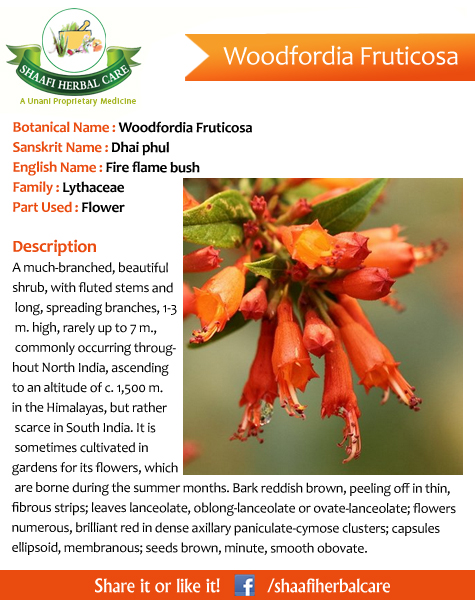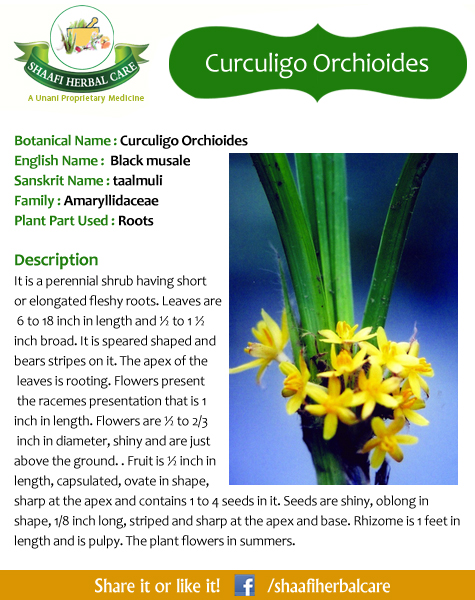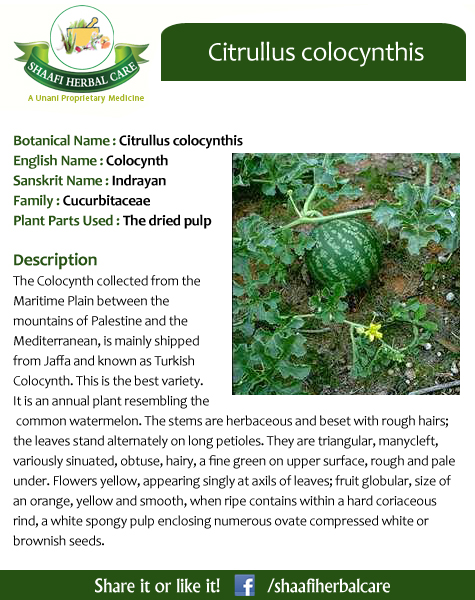
Botanical name: Woodfordia fruiticosa Kurz / Woodfordia floribunda.
Family: Lytheraceae
Hindi name: Dhaaya / Dhaay ke Phool
English name: Fire Flame Bush
Telugu Name: Are Puvvu, Sireenji,
Tamil Name: Dhatari Jargi
Gujarati Name: Dhaavadi
Bengali Name: Dhai
Marathi Name: Dhalas
Punjabi name: Dhavi
Farsi name: Dhaava
General information:
The Ayurvedic Pharmacopoeia of India recommends the use of the plant’s flower in acute diarrhea, hemorrhages, ulcerations and erysipelas (skin infection). The dried flowers, powdered and sprinkled over ulcers and wounds, help in their healing. In small doses, the plant stimulates the central nervous system, while in large doses it depresses the central nervous system (Indian Medicinal Plants—An Illustrated Dictionary, C.P.Khare. 717. 2007).
Therapeutic constituents:
A wide range of chemical compounds including tannins (especially those of the macrocyclic hydrolysable class), flavonoids, anthraquinone glycosides and polyphenols are found in the plant, which renders Fire Flame Blush its pharmacological properties.
Key therapeutic benefits:
- The astringent properties of the herb are effective in treating skin disorders, superficial wounds and cuts.
- As a nervous central nervous system stimulant, Fire Flame Bush relieves depression and lethargy.


